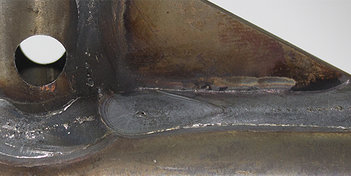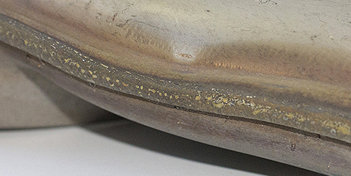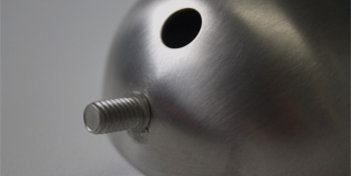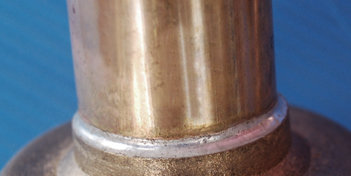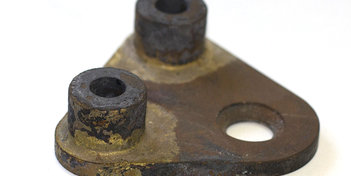Welding has an ancient history. It was invented in the Middle Ages, when to join two iron parts these were heated on the forge, making them red-hot and then hammering them until they were even. The first industrial processes took place in 1901, when oxyacetylene welding was introduced. This involved reaching temperatures sufficient to melt iron, through the combustion of acetylene gas with pure oxygen. The next development, which began with the adoption of increasingly powerful electric generators, led to the first version of modern welding: it was based on the energy of the electric arc with unprotected electrode.
Today, the most popular method worldwide is in the process with the protected electrode.
With the Second World War, thanks to the technological development of the defence industry, resistance welding and DC welding were developed and, after the war, the MIG, MAG and TIG processes became widespread, ensuring increasingly accurate control of the welding characteristics and continuous machining.
Going back to welding, the definition must necessarily be broad. The one that we prefer is "Union of ferrous materials with local fusion without the application of an external force in which the surfaces to be welded must be fused, with or without the use of weld metal".
If on one hand the innovation process in the industry is widespread, on the other hand experience plays a crucial role, as each process requires an initial study which cannot be delegated to machines.
Here at Beccalossi we have been operating in the industry for over thirty years and our experience, together with the continuously evolving technology supported in the company, allows us to always operate with the best technologies and offer our customers the most appropriate and effective solutions.

